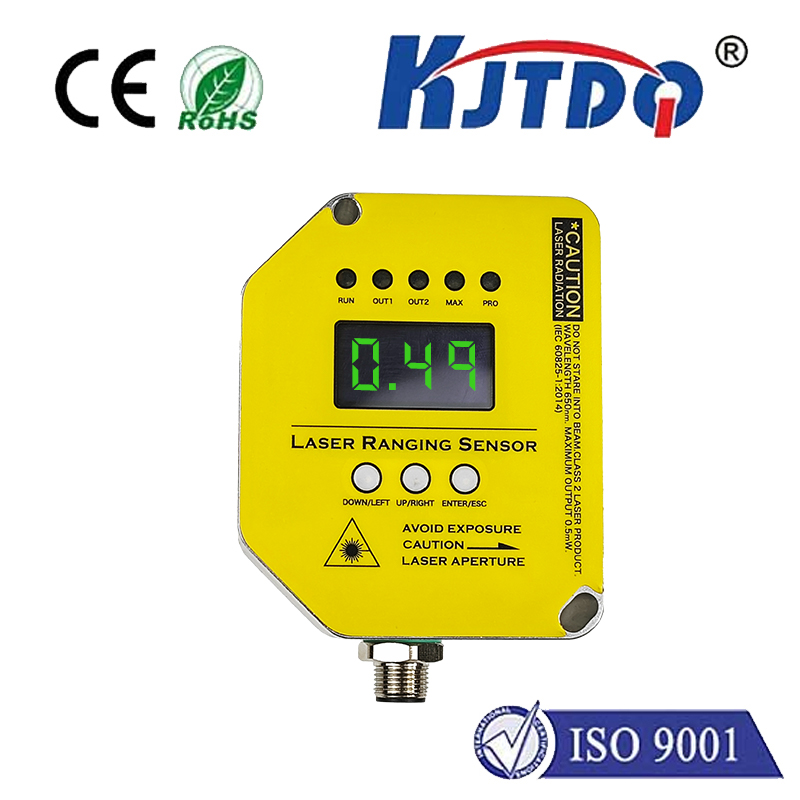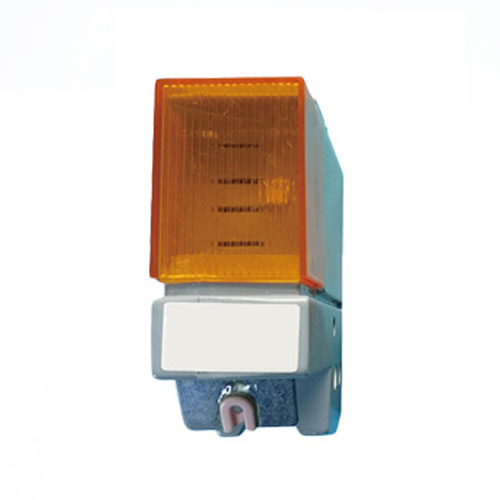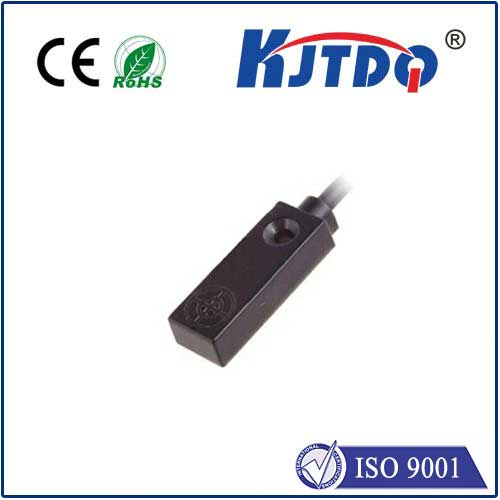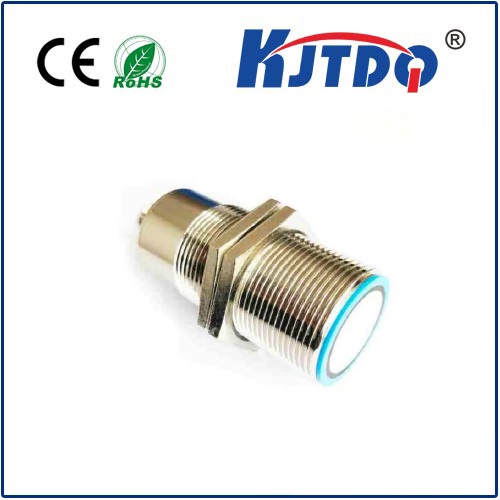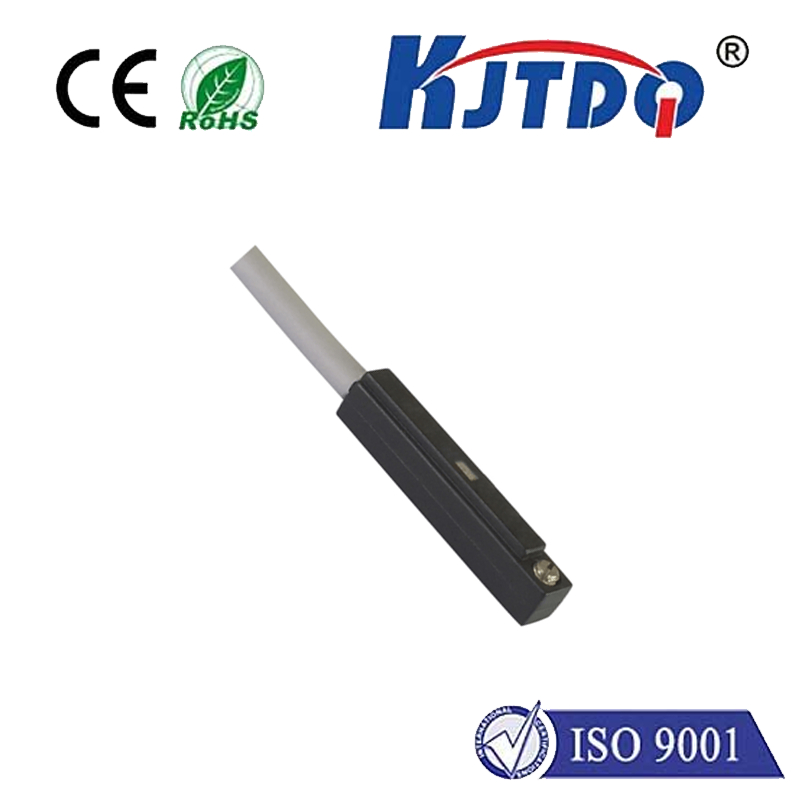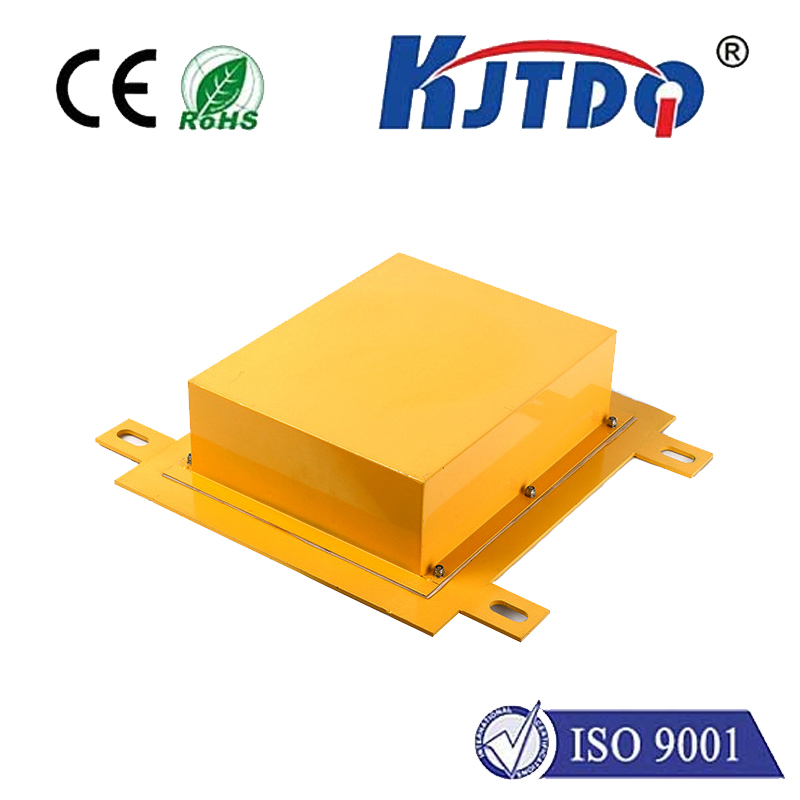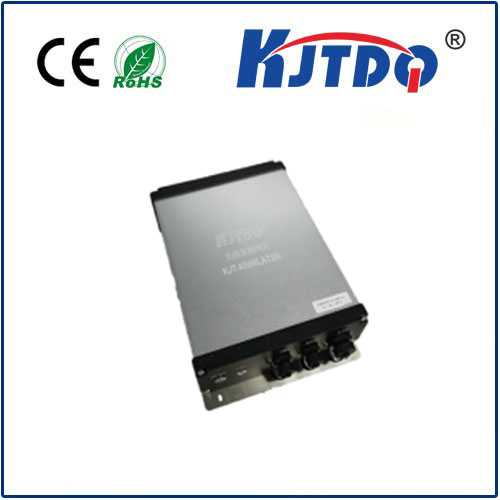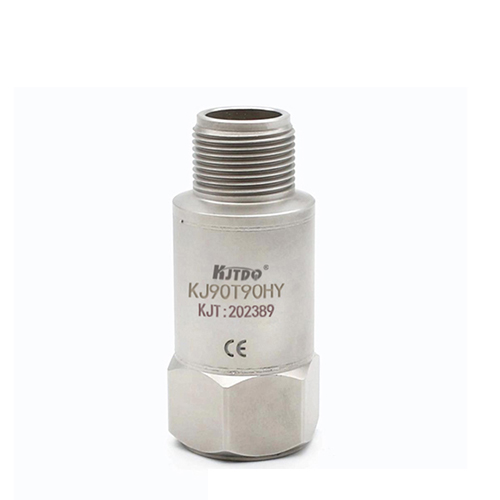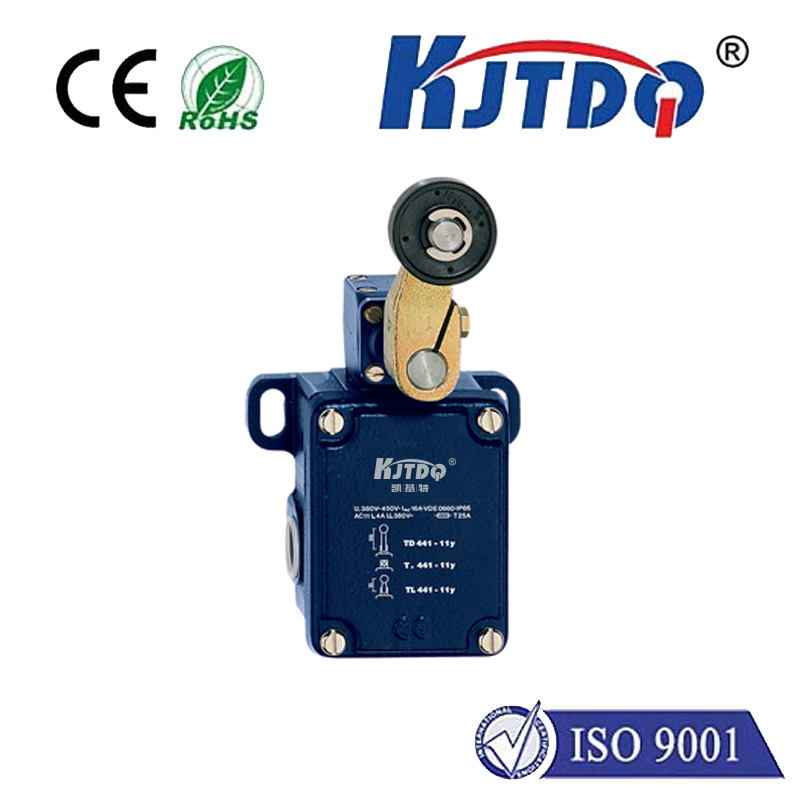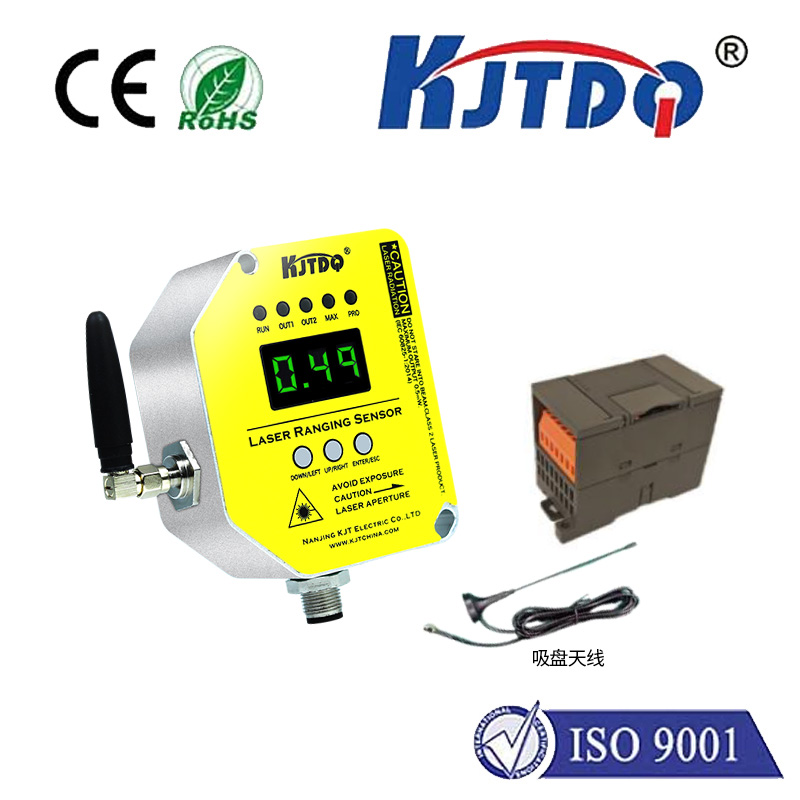photo sensor switch
- time:2025-07-24 04:40:51
- Click:0
Photo Sensor Switches: Illuminating Efficiency with Smart Light Control
Ever walked into a room and the lights magically turn on? Or marveled at streetlamps flickering to life as dusk settles, with no human intervention? That seamless, energy-conscious automation is often the handiwork of a versatile and increasingly essential device: the photo sensor switch. This unassuming component acts as the intelligent eye of lighting systems, detecting ambient light levels and triggering electrical circuits accordingly, fundamentally changing how we manage illumination in homes, businesses, and public spaces.
At its core, a photo sensor switch (also commonly called a photocell switch, dusk-to-dawn sensor, or light-dependent switch) is an electronic control device. Its primary function is simple yet powerful: automatically turn connected lights ON when ambient light levels fall below a certain threshold (like at dusk) and turn them OFF when sufficient natural light returns (like at dawn). This eliminates the need for manual switching and ensures lighting operates only when truly necessary.
How Does the Magic Happen? The Core Technology
The heart of a photo sensor switch is its light-sensitive component, typically one of two types:
- Photoresistor (Light Dependent Resistor - LDR): The most common and cost-effective solution. An LDR is a semiconductor device whose electrical resistance decreases significantly as the intensity of incident light increases. In darkness, its resistance is very high, limiting current flow. As light hits it, resistance drops, allowing more current to pass. The switch circuitry detects this change in current/resistance.
- Phototransistor: Offering faster response times and potentially greater sensitivity. A phototransistor generates a current proportional to the light intensity falling on its base-collector junction. This generated current is then used by the switch’s control circuit.
The sensor is housed within a protective casing, often with a transparent or semi-translucent lens to focus light onto the sensitive element. Integrated circuitry interprets the signal from the sensor (high resistance/low current for dark, low resistance/high current for light) and uses it to activate or deactivate an internal relay or solid-state switch. This relay, in turn, controls the flow of electricity to the connected lighting fixture(s). Many modern photo sensors feature an adjustable lux level setting, allowing users to fine-tune the exact ambient light level (measured in lux) at which the switch triggers the lights on or off.

Installation: Placing the “Eye” Wisely
Optimal performance hinges on correct placement. Key considerations include:
- Direct Exposure: The sensor must have a clear, unobstructed view of the natural sky light it needs to measure. Avoid positioning it under eaves, behind trees, or facing walls.
- Avoiding Artificial Light Interference: Crucially, the sensor should not be exposed to the light emitted by the fixture it controls. This would cause confusing feedback – the sensor detects its own light as “daylight” and prematurely shuts off the lamp. Shielding or careful angling is essential. Mounting height (typically 6-8 feet above ground for pathways, higher for streetlights) helps prevent interference from ground-level lights like car headlights or other nearby fixtures.
- Weatherproofing: For outdoor applications (the most common use case), ensure the unit has an appropriate IP (Ingress Protection) rating (e.g., IP65 or higher) to withstand dust and water.
The Compelling Advantages: Why Choose a Photo Sensor Switch?
The benefits extend far beyond mere convenience:
- Significant Energy Savings: This is the most powerful advantage. By ensuring lights operate only during the hours of darkness, photo sensor switches drastically reduce unnecessary energy consumption. Lights aren’t accidentally left on all day. This translates directly to lower electricity bills and a reduced carbon footprint.
- Enhanced Security & Safety: Automatic illumination is a proven deterrent to intruders. Dark entrances, pathways, and perimeters become well-lit zones as soon as natural light fades, discouraging trespassing and improving visibility for residents, employees, or the public. Motion sensor variants take security lighting a step further, activating only upon detected movement.
- Unparalleled Convenience: Forget fumbling for switches in the dark or worrying about turning lights off. The system operates autonomously, providing reliable illumination exactly when and where it’s needed.
- Extended Bulb Lifespan: Reducing the total operational hours of bulbs (especially traditional incandescent or halogen) directly extends their lifespan, lowering maintenance costs and replacement frequency.
- Versatility: Available in fixtures ranging from simple standalone bulb sockets and wall-mounted switches to sophisticated outdoor security lights and integrated streetlight controllers. They work with various lamp types, including LED, CFL, halogen, and incandescent (check specific switch ratings).
Where Photo Sensor Switches Shine (and Detect Darkness!)
Their applications are vast and growing:
- Outdoor Residential: Porch lights, garage lights, pathway lighting, garden lights, security floodlights.
- Commercial & Industrial: Parking lot lighting, building perimeter security lighting, signage illumination, warehouse exteriors.
- Municipal & Public Infrastructure: Streetlights, park lighting, walkway lighting, bus shelters.
- Signage: Illuminating billboards and storefront signs only at night.
Troubleshooting Common Issues
While generally reliable, occasional glitches occur:
- Lights Staying On During Day: Often caused by the sensor being covered (dirt, snow, paint), malfunctioning internally, or receiving insufficient daylight due to poor placement (under deep eaves). Alternatively, excessive lux level sensitivity might be set too high.
- Lights Not Coming On at Night: Could indicate a failed sensor, a power issue, faulty wiring, the sensor being blocked, or the lux adjustment being set too low.
- Flickering Lights: Often points to marginal light conditions where the sensor is hovering around its trigger point. Adjusting the lux sensitivity or cleaning the lens usually resolves this. Interference from other light sources can also cause this.
The Evolution: Integration and Intelligence
The future of light control lies in integration. Standalone photo sensor switches remain highly effective, but increasingly, photosensitive capabilities are being incorporated into broader ecosystems. Smart home hubs can utilize data from connected light sensors alongside motion detectors, timers, and user preferences to create complex, adaptive lighting scenes. Even standalone units are gaining features like adjustable time delays (to ignore brief light changes like car headlights) and motion sensor overlays for combined dusk-to-dawn and movement-based activation, optimizing both energy savings and security.












